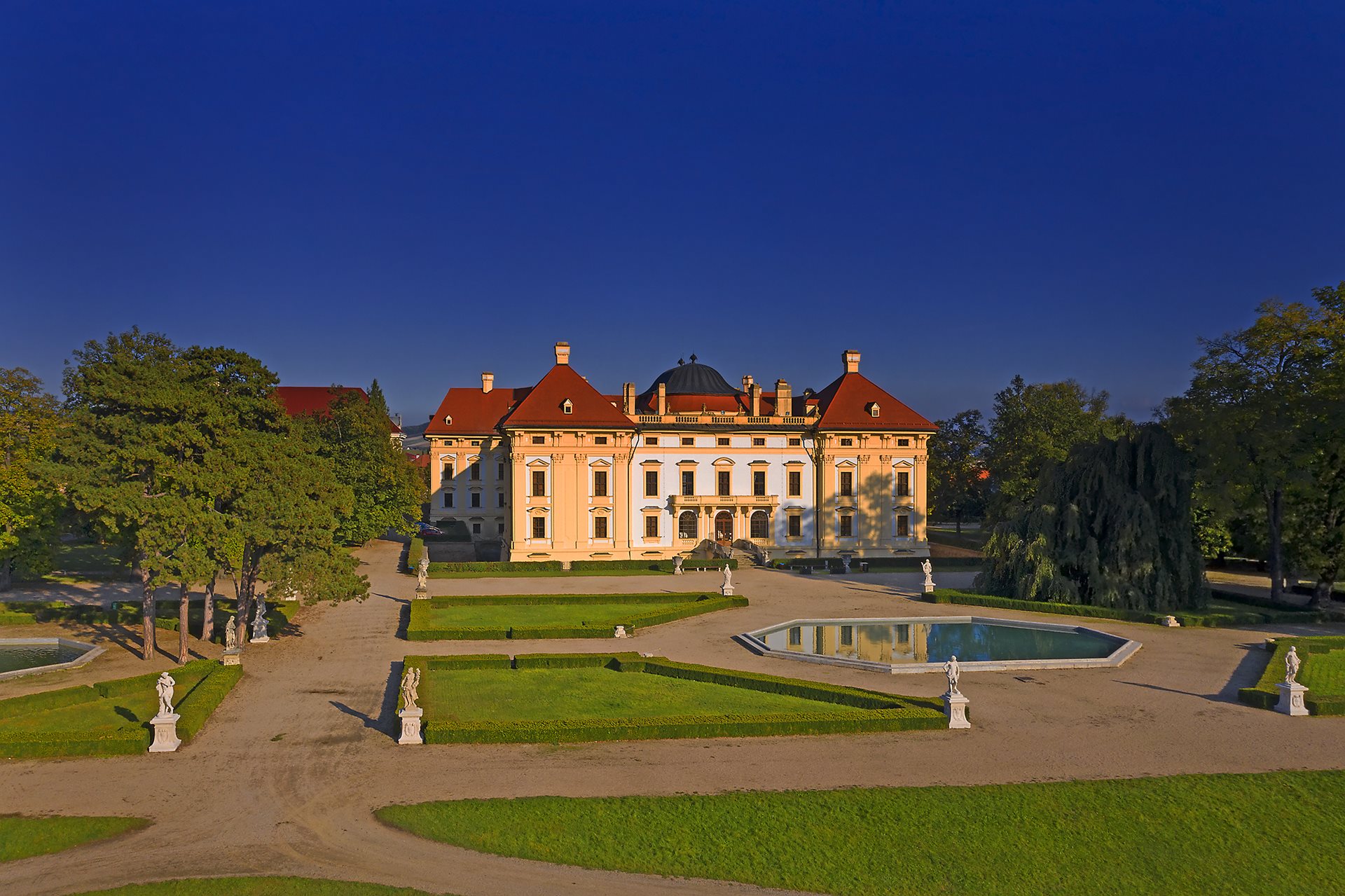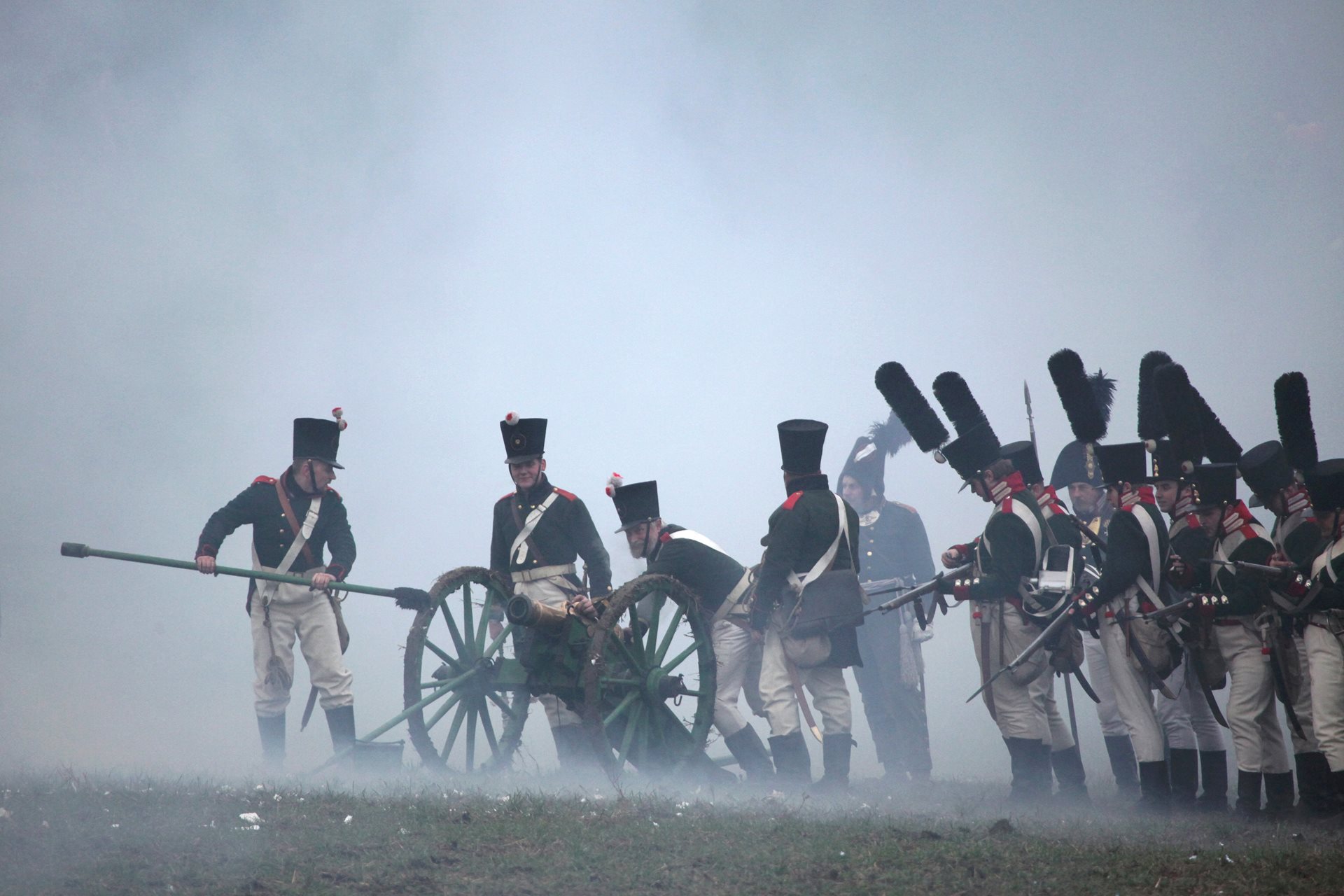The bloodiest and also the most famous battle in the Czech Republic took place near Slavkov (Austerlitz) in South Moravia on 2 December 1805, when Napoleon defeated the Russian-Austrian army. It is also called the Battle of Three Emperors because the armies were personally led by French Emperor Napoleon I, Russian Tzar Alexander I and Austrian Emperor Franz. Various historical associations dedicated to the military commemorate this battle to this day. The commemorative event dedicated to the Napoleon history in Central Europe will take place at the Austerlitz battlefield from 1 to 5 December. Would you like to take a trip 216 years back to the history? Come have a look!
A Historical View of the Battle of Three Emperors
At the beginning of December 1805, the allied Austrian-Russian armies and the army of the French Emperor, Napoleon I, fought against one another. Napoleon’s most famous victory was preceded by an excellent campaign when he forced the Austrian army in Bavaria to surrender and pushed what was left of it, together with the Russian regiments, across the entire lower Austria all the way to Moravia near Olomouc. The Austrians and Russians believed in themselves because there were more of them, and they were fighting in their own areas. All the military forces were used during the battle: cannons, cavalry and infantry. But in the end, Napoleon closed in upon the Austrian-Russian units, which were forced to surrender. Only a small part managed to escape through the weirs of frozen ponds. The allied armies were not able to fight any more and they retreated towards South Moravia, into today’s Slovakia and Hungary. On the sixth of December, a truce was signed at the Austerlitz chateau, followed with the Peace of Pressburg that resulted in considerable loss of land for Austria. The Battle of Austerlitz became an important event in the history and even Napoleon vit above all his other battles. However, the sad outcome is the death of about 60,000 soldiers – husbands, fathers, sons or grandfathers. The battle is considered one of the bloodiest ones that ever took place in the Czech lands.
Commemoration of the Battle in 2021
This year, we commemorate 216th anniversary of the event. The main point of the programme will be a 90minute long re-enactment of the battle below the Santon hill at the village of Tvarožná near Brno. The re-enactment will start on 4 December at 2 p.m. with about one thousand soldiers in period uniforms, 60 horses and 20 cannons. A day later, there will be a ceremony at the Peace Cairn on the site of the most difficult fights of the Battle of Three Emperors. The ceremony will start at noon. If you are interested in participating in the programme, you can start at 4 p.m. on 1 December at the commemorative event in Kučerov and then on 3 December, when the fallen soldiers will be commemorated with bonfires in Žuráň. The commemorative events do not celebrate Napoleon or his victory, or even the war. International political and military events that influenced Europe at their time in a fundamental way and divided Europe afterwards for a long time have gradually become the means for meeting many people from various countries. The aim of the event is to commemorate the fallen and to promote learning about our joint European history.










